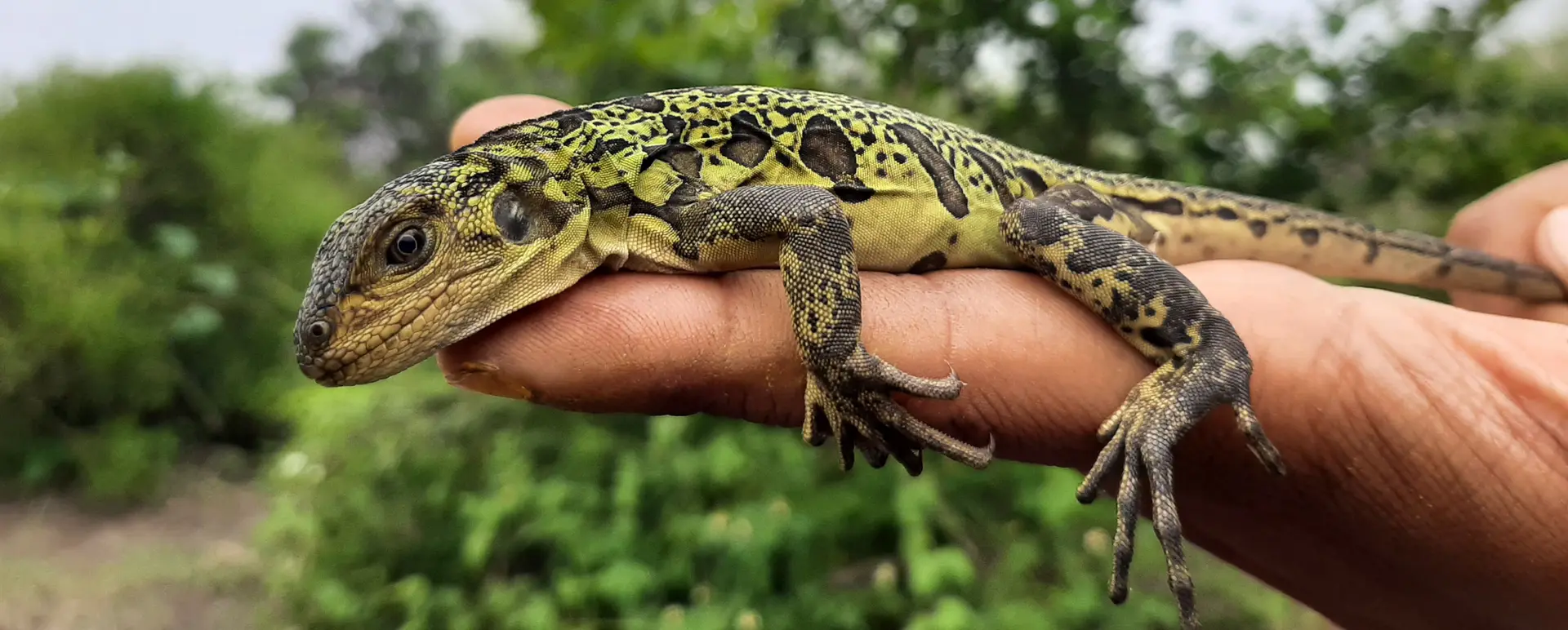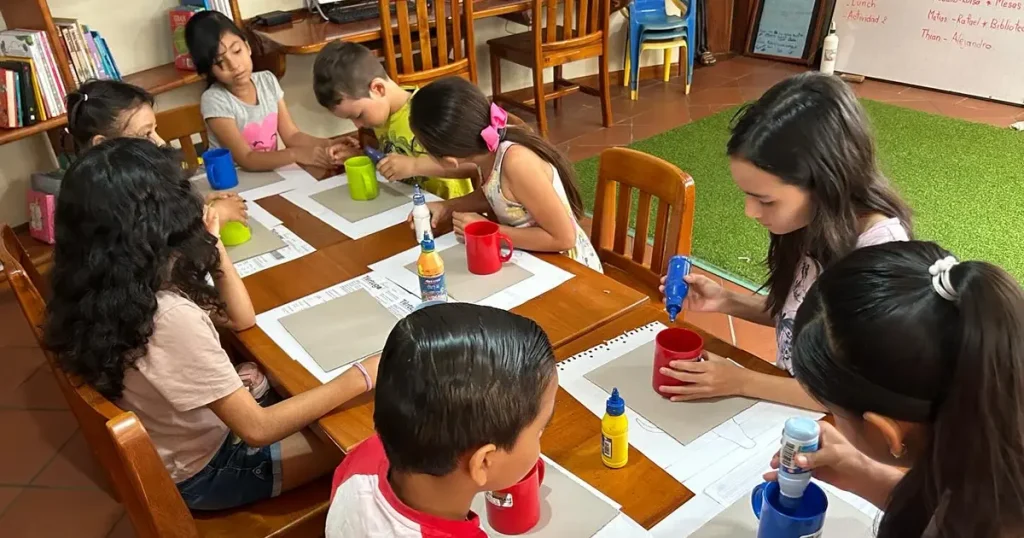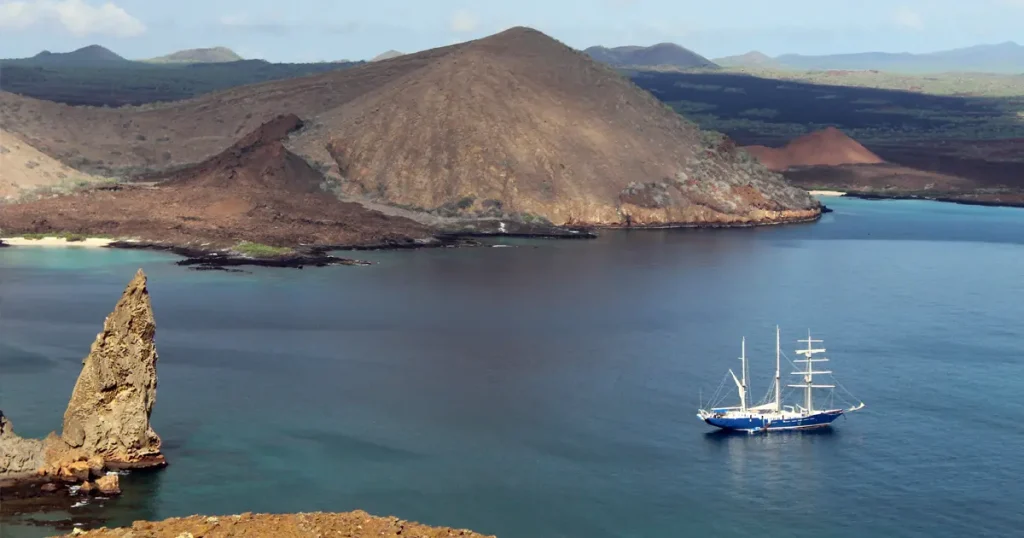Witnessing Recovery: 40 Years of Reptile Conservation in Galápagos

Four decades on, one of the world’s most ambitious restoration efforts has redefined the future for Galápagos reptiles. Today, we’re applying everything we’ve learned, using cutting-edge science and technology, to protect these reptiles for the next 100 years.
In one of the most remote corners of the Galápagos Islands, a small colorful figure emerges from the volcanic rock. It’s a pink iguana hatchling—a sight that, not long ago, seemed almost impossible.
For Dr. Jorge Carrión, Director of Conservation at Galápagos Conservancy, there’s no moment more powerful. “We saw these hatchlings for the first time in 2022,” he recalls. “And now they’re becoming more common. That really gives us hope.”
With fewer than 300 known individuals, the pink iguana is one of the archipelago’s most critically endangered species. But its story is not just one of risk — it’s a powerful testament to how scientific dedication and unwavering persistence can help life endure.
By 1985, the outlook was dire. But it also marked a turning point. Galápagos Conservancy was founded with the core belief that it wasn’t too late to change the story. Since then, in close partnership with the Galápagos National Park Directorate and local allies, we’ve led one of the most ambitious ecological restoration efforts on the planet. To date, we’ve invested over $50 million to advance science, technology, and local capacity to protect the world’s rarest reptiles.
Miracles That Move Slowly
The results speak for themselves. Thanks to the giant tortoise restoration program, populations across the archipelago have grown by the thousands — and we even rediscovered a species once believed to be extinct for over a century.
Much of this success is thanks to dedicated individuals like Walter Chimborazo, a tortoise care specialist at Galápagos Conservancy. For decades, Walter has raised tortoises from hatchlings to the moment they’re strong enough to return to the wild at around six years old.
“This work is deeply ingrained my family,” he says. “My father did it too. Every time we release a tortoise, I feel as if we’re giving something back to Galápagos—something that was taken long ago. It’s like healing a wound from the past, little by little.”

Thousands of tortoises have returned home thanks to the work of Walter and the breeding center teams on Santa Cruz, Isabela, and San Cristóbal—even to islands where they had once disappeared completely. Since 2014 alone, more than 3,000 individuals have been repatriated. Each one plays a vital role in reviving the ecosystem—disturbing the soil, spreading seeds, and promoting native plant growth that supports other species.
More Than Just Tortoises
The fate of tortoises is just one part of the story. As our Vice President of Science and Conservation, Dr. James Gibbs, explains: “In 2019, we supported the reintroduction of over 3,000 land iguanas from North Seymour to Santiago Island—where they had been extinct for over 150 years.”
Today, those iguanas are once again playing their ecological role, managing vegetation and supporting the food chain.
Saving Galápagos reptiles is more than a win for biodiversity—it’s about protecting the health of entire ecosystems. Without these “ecological engineers,” natural balance begins to break down. And without action, decades of hard work and local knowledge could be lost.

Restoring What Was Lost. Protecting What Remains.
After decades of sustained work, we are seeing signs of hope: reptiles once on the brink of extinction are walking their home islands again. One of the most emblematic cases is the Española giant tortoise, whose population has grown from just 15 individuals to over 2,300 today.
But the challenges are far from over. To safeguard these gains and prepare for what lies ahead, we must take bold new steps.
Science and technology are changing the way we protect life in Galápagos. Today we use drones, satellite sensors, GPS trackers—even forensic analysis—to monitor species, better understand threats, and stop the illegal wildlife trade.
Thanks to breakthroughs in genetics, we’ve achieved something that once seemed impossible: breeding tortoises with close genetic ties to extinct lineages, in preparation for their reintroduction on islands like Floreana and soon, Pinta. On the island of Santa Fe, we introduced Española tortoises—morphologically and genetically the closest native species—to reestablish the crucial balance that large herbivores provide to the ecosystem. These tools allow us to act with greater precision and, more importantly, stay ahead of the risks.

The Future Doesn’t Wait—We Build It
In 1985, we saw an opportunity to change the future of these islands. Today, we face a new crossroads. Climate change, habitat loss, and human pressure aren’t distant threats—they’re urgent calls to action. Meeting them requires bold investment, courageous leadership, and long-term commitment. If we hesitate, we risk losing everything we’ve worked so hard to reclaim.
The insights gained over the past 40 years compel us to act decisively. Safeguarding Galápagos for the centuries to come requires visionary leadership today.
At Galápagos Conservancy, we’re ready for this next critical phase, and we call on you to join us in this crucial work. Together, we can secure the future of Galápagos, ensuring its wonders endure for generations to come.

Share:



